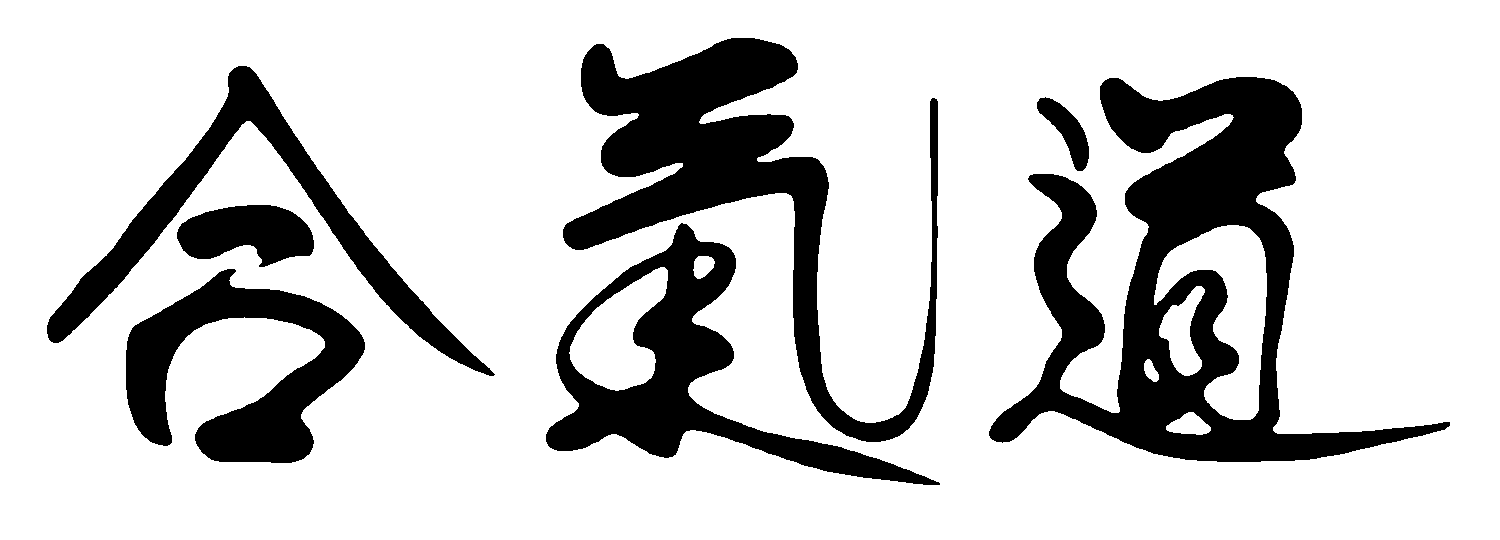Shodan Testing Requirements
- Shomen-uchi Ikkyo (omote and ura)
- Ushiro Eri-tori Ikkyo (omote and ura)
- Ushiro Ryote-dori Ikkyo (two waza)
- Kata-dori Nikkyo (ura waza)
- Kata-dori Nikkyo (henka waza, arm straight)
- Kata-dori Nikkyo (henka waza, elbow up)
- Gyakute-dori Nikkyo
- Ushiro Muna-dori Nikkyo
- Shomen-uchi Sankyo (haya waza)
- Mune-dori Sankyo (omote and ura)
- Yokomen-uchi Sankyo (omote and ura)
- Gyakute-dori Yonkyo (omote and ura)
- Ushiro Ryokata-dori Yonkyo (omote and ura)
- Gyaku dori, Mune-tsuki Gokkyo (tanken dori)
- Shomen-uchi Rokkyo
- Katate-dori Rokkyo
- Katate-dori Nanakyo
- Katate-dori Shiho-nage (four directions)
- Kata-dori Shiho-nage
- Gyakute-dori Kote-gaeshi
- Ushiro Ryote-dori Kote-gaeshi
- Ushiro Ryote-dori Kote-gaeshi (hands held together)
- Gyakute-dori Irimi-nage
- Yokomen-uchi Irimi-nage (ki-no-nagare)
- Ushiro Eri-tori Irimi-nage
- Mune-tsuki Kaiten-nage
- Gedan takkuru Kaiten-nage
- Morote-dori Kokyu-nage (twisted)
- Morote-dori Kokyu-nage (pushed up)
- Morote-dori Kokyu-nage (held down)
- Sode-dori Kokyu-nage
- Sodeguchi-dori Kokyu-nage
- Katate-dori Kokyu-nage (oyo waza, two waza)
- Mae-geri Kokyu-nage
- Mune-dori, men-uchi Koshi-nage
- Gyakute-dori Koshi-nage (shiho-nage method)
- Yokomen-uchi Koshi-nage (shiho-nage method)
- Mune-dori Juji-nage
- Jiyu-waza (hitori-no-kogeki)
- Jiyu-waza (san-nin-no-kogeki)
- Ken-no-Riai
- Shiho-nage (omote)
- Shiho-nage (ura)
- Kote-gaeshi
- Ken-Tai-Jo Tai-Sabaki
- Choku-barai
- Kaeshi-barai
- Kaiten-barai
- Ken-Tai-Jo (1-6, naganai and nageru)
Please note that the instructor may ask for any of the taijutsu techniques on this
exam to be executed as suwari-waza.

